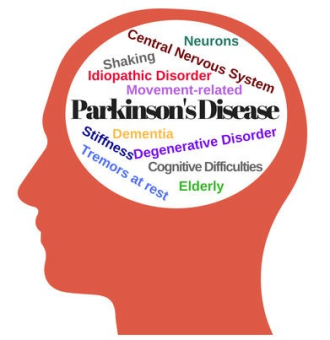Parkinson's disease was first described in the UK in 1817 by Dr. James Parkinson.
Parkinson's disease is a frequent progressive degenerative disease of the central nervous system, which affects about 1% of adults> 60 years of age.
The cause of the disease remains unknown. It is probable that the disease is the result of an interaction of exogenous (viruses, toxins) and endogenous (heredity) factors leading to loss of dopaminergic neurons in the nylon substance resulting in a decrease in released dopamine in the brain and inhibition of mobility.
The clinical picture of Parkinson's disease is mainly characterized by motor symptoms. It is primarily caused by mild symptoms and it is not easy to determine the exact start time.
The diagnosis of Parkinson's disease obeyed the presence of at least 2 of the following symptoms:
- Trance of calm
- Slow mobility
- Stiffness
- Instability is also a major finding in the disease but occurs in advanced stages.
Individuals with Parkinson's Disease may also experience disorders of the autonomic nervous system such as orthostatic hypotension, urinary frequency, constipation, etc.
Also, mental sphere disorders such as slowing of thought and attention, sleep disturbance, depression, loss of memory, etc. may occur.
The symptoms of Parkinson's disease vary from person to person and usually occur progressively.
The diagnosis of Parkinson's disease is based on the clinical picture and treatment is usually pharmacological.

